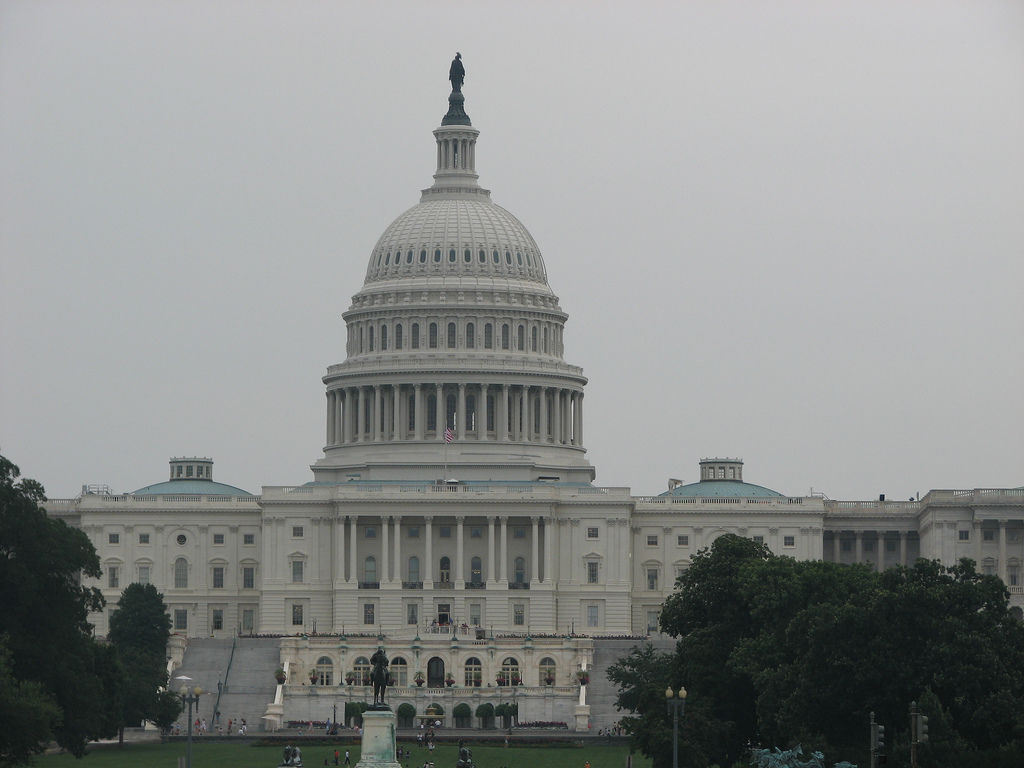There is robust support for the pivot to Asia in the United States and the region, but there are questions about the goal of the strategy and the resources available. U.S. agencies have made parallel efforts to expand engagement in Asia, but there is no unifying strategic plan that aligns these efforts to national goals. The administration argues that speeches by the president and principals explain the strategy, but a side-by-side comparison of those speeches reveals persistent inconsistency about the strategy behind the pivot. Almost every speech begins by listing the top three or four objectives of the pivot or rebalance, and in almost every speech they are different.1 One of the greatest areas of inconsistency has been the shifting definition of how the United States will manage China’s rising power and influence—from a declaration of respect for China’s “core interests” in 2009, to the listing of China as a major security threat alongside Iran in the 2012 Defense Strategic Guidance, to confusion about whether the administration accepts President Xi Jinping’s “New Model of Great Power Relations” and what it means for allies that are not considered “great powers” by Beijing.
The inconsistent articulation of the strategy has caused some confusion among China and regional allies and has undermined congressional support for the funding necessary to modernize and realign U.S. forces in the Pacific consistent with the administration’s plans. In an effort to encourage clearer articulation of the ends, ways, and means behind the rebalance, the 2015 National Defense Authorization Act includes a provision requiring that the Department of Defense submit an Asia strategy report to Congress. Such a report would help to build bridges to Congress and reduce uncertainty about U.S. intentions in the region. The administration may want to consider a National Security Council (NSC)-led process to capture the comprehensive trade, diplomatic, and defense elements of the rebalance.
For its part, the Congress should be prepared to fund the fairly modest costs of modernizing U.S. facilities in Guam and elsewhere in the Pacific Command’s area of responsibility. This would be an early indication to U.S. allies that the Congress and administration are prepared to work together to sustain momentum in our engagement of the region.
The larger resource problem must also be tackled, however. When the rebalance strategy was in its infancy, the Budget Control Act cut $487 billion from the 10-year defense budget plan and then sequestration cut another $470 billion over the next nine years. These reductions followed earlier defense spending cuts initiated by the Pentagon, which eliminated another $300 billion. Moreover, sequestration limits the Pentagon’s ability to reallocate funds across accounts, preventing the Pentagon from prioritizing and optimizing across the defense enterprise.
Without additional resources, U.S. leaders face a choice between sustaining existing capacity and developing new capabilities. Military challengers in Asia are simultaneously expanding capacity and advancing capability, made possible by rapidly growing defense budgets. In Washington, however, there is pressure to cut existing U.S. capacity or future capabilities. The number of forward-deployed carrier strike groups is jeopardy as leaders look to fund investments in technological innovation. Under current defense budgets, investing in future capabilities risks severe cuts to current capacity, and vice versa. The size and readiness of the current force is vital, but so too are future capabilities needed to maintain the U.S. ability to project power in Asia.
For the United States to demonstrate its long-term reliability to allies and partners while displaying resolve to potential adversaries it must show that it can invest simultaneously in today’s force and tomorrow’s force. If the United States funds the current force at the expense of future capabilities, it risks the long-term viability of U.S. power projection. But if investments in the future force come at the expense of the current force, they risk the appearance of U.S. weakness and could invite near-term challenges.
To devote the necessary funding to accomplish U.S. strategy in Asia, Congress should pass a nonbinding budget resolution in April 2015 that sets spending above the sequestration caps and lays the groundwork for increased spending in the reconciliation process. By September, congressional leaders should prepare a deal on sequestration that President Obama can sign. With budget deficits abating and revenues on the rise, there should be more flexibility to work on revenue enhancements to revive defense spending without linking it to domestic spending. Budgets should be dictated by strategy, not the other way around. These steps would free the leadership of the administration and the Congress to focus on getting the strategy right, rather than meeting budget targets.
1 For details, see Michael J. Green and Zack Cooper, “Revitalizing the Rebalance: How to Keep U.S. Focus on Asia,” Washington Quarterly 37, no. 3 (Fall 2014): 25–46, https://twq.elliott.gwu.edu/sites/twq.elliott.gwu.edu/files/downloads/Green-Cooper_Fall2014.pdf.
This article is an excerpt and appears in its original form in “Pivot 2.0: How the Administration and Congress Can Work Together to sustain American Engagement in Asia to 2016”. The full CSIS report is available here.
